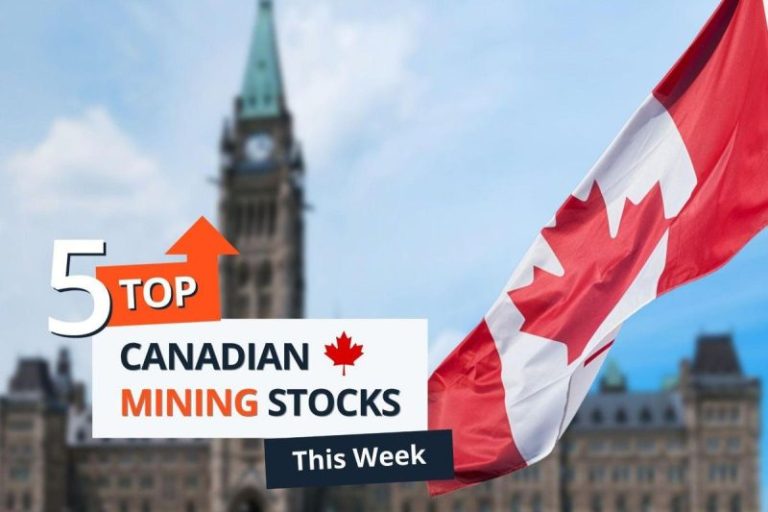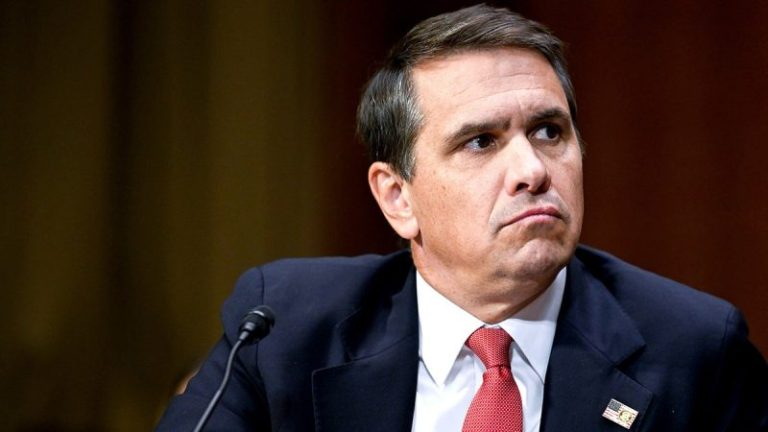During the Mining Share panel at the New Orleans Investment Conference, participants underscored that the gold bull market will continue — however, just where we are in that bull run was up for debate.
For conference host and Gold Newsletter editor Brien Lundin, there is still some way to go.
“The gold bull market is still in place. We don’t know how long it’s going to last. That’s the hard part. I think gold’s going to US$6,000 to US$8,000 (per ounce) in the cycle, maybe more. (The) mining share bull market, I would say we’re probably in the fourth inning, fifth inning, maybe. But you know, we could go to extra innings,” he said.
Strategic investor Jeff Phillips also believes the gold bull market is at an early stage.
‘I would say that we are in the third or fourth inning,” he said. “This is early on in the bull market, but I do think there’ll be a rain delay, since we’re talking about baseball terminology. I think this is an epic bull market that we’re in.”
Phillips went on to compare today’s setup to past cycles, noting the strong run gold saw between 2003 and 2007, before the financial crisis briefly derailed momentum. Although he anticipates another correction at some point, he remains confident in the broader bull market and said he is continuing to buy and stay patient.
For Jordan Roy-Byrne, understanding the difference between a secular and cyclical bull market is imperative.
“Secular — that’s the major long-term trend that usually lasts a decade or longer. Cyclically, it can be anywhere from two to five years or so,’ explained the editor and publisher of the Daily Gold.
“I think the cyclical bull has three or four more years left. The risk when that gets long in the tooth is then you have what happened at 1975 to 1976, and also 2008 — that’s when you have your 65 or 60 percent decline in the shares.”
Although Roy-Byrne believes that type of correction is “far off into the future,” he was adamant that something like that will happen before the current secular bull market comes to an end.
Jennifer Shaigec, principal at Sandpiper Trading, said central bank buying shows the bull market is in its infancy.
“I think we’re still actually in fairly early innings,” she said. “The underlying fundamentals for why central banks have been buying gold have not changed. In fact, I can see it accelerating.”
Shaigec went on to acknowledge that gold often experiences a seasonal dip at this time of year, and that some investors may be waiting for a pullback. But she emphasized that the broader fundamentals remain strong.
Drawing a parallel to 2008, when gold fell about 22 percent before rebounding above previous highs within six months, she urged investors to keep a long-term perspective and be mentally prepared for short-term volatility. Shaigec also pointed out that gold has historically been among the first assets to recover after market downturns.
Rounding out the panel, Nick Hodge, publisher at Digest Publishing, told attendees that the gold correction has found short-term support at the US$4000 level, but longer-term support is around US$3,600.
“All the fundamental drivers, ie. the debt, central bank buying, etc., are still in place and haven’t abated,” he said. “Silver hasn’t had its move yet, so that tells me we still have some time to go. And GDX, GDXJ just started outperforming the gold price in August, so it’s still early to the middle days in the precious metal bull market.”
What’s next for the gold price?
From there, panel moderator and well-known investor Rick Rule, proprietor at Rule Investment Media, emphasized that the recent pullback in gold is minor in the context of a much larger, long-running bull market.
Rule agreed with Roy-Byrne’s distinction between cyclical dips and broader secular trends, noting that many investors seem rattled by what is essentially a normal fluctuation.
He pointed out that gold is still up dramatically over the past year, and that past cycles have seen far sharper drops — including a 50 percent decline in 1975 — that ultimately didn’t break the long-term trend.
Noting that precious metals cycles tend to follow a familiar pattern, beginning with strength in gold and moving outward into other segments, Rule asked the panel participants which companies in the gold sector — explorers, developers or potential M&A targets — are now best positioned as the market progresses.
For Hodge, exploration and brownfields development are a strong choice as the precious metals cycle evolves.
He noted that the VanEck Gold Miners ETF (ARCA:GDX) outperformed gold over the summer, prompting some investors to take profits and rotate capital into earlier-stage opportunities — momentum he expects to continue.
Hodge added that market cycles now move faster due to the speed of information, accelerating the shift from producers to companies further down the value chain as miners look to replace reserves.
Additionally, he pointed to a growing influx of risk-tolerant investors who cut their teeth in crypto and are increasingly drawn to gold and mining equities as they learn about fiat currency and counterparty risk. Their appetite for speculation, he said, is likely to push more capital into smaller, higher-risk exploration names over the next year.
Shaigec echoed Hodge’s sentiment.
“I agree there’s a lot of speculative money that has yet to rotate over to precious metals,” she said.
“I’m seeing a lot of oversubscribed private placements. I just think that juniors are still the place to be. There’s some grassroots exploration, which actually hit an all-time low in 2023, and we’ve still had decades of lack of investment in exploration. We have a lot of room yet to run there,’ Shaigec added.
Roy-Byrne advised watching silver, underscoring the value that gold’s sister metal has yet to gain.
“Silver, after this correction, has a chance to make a historic move,” he told the audience. “We’re probably going to see a lot of money jump in next year when that happens.”
Referring to an analogy he once heard, Phillips compared a precious metals bull market to the crack of a whip: producers move first, followed by mid-tier and single-asset developers, with exploration companies snapping into action at the very end. In his view, the market is only just reaching that final stage, and explorers have yet to see real upside.
Phillips also echoed other panelists’ comments that younger crypto investors are becoming more aware of inflation, money printing and the value of hard assets.
That shift, he said, is already showing up in unconventional moves, from stablecoin companies buying gold royalties to major tech firms and even governments directing capital into mining-related assets.
All of that suggests the speculative end of the sector is only beginning to come alive, he said.
Expert stock picks — Gold, silver, copper, nickel and uranium
Toward the end of the discussion, Rule asked each panelist to provide stock picks for the attentive audience.
First was Lundin, who praised the list of more than 100 exhibitors at the 51st New Orleans Investment Conference.
He recommended Delta Resources (TSXV:DLTA,OTCQB:DTARF), highlighting its “large, still undefined, gold resource in the Thunder Bay region.” He also likes Getchell Gold (CSE:GTCH,OTCQB:GGLDF), a company focused on gold in Nevada, and Seabridge Gold (TSX:SEA,NYSE:SA), which he dubbed a “permanent optionality play.”
For Phillips, Empress Royalty’s (TSXV:EMPR,OTCQB:EMPYF) management team, cashflow-positive status and focus on gold and silver puts the company at the top of his list.
Almadex Minerals (TSXV:DEX,OTCQX:AAMMF), where management has a history of finding multimillion-ounce deposits, and prospect generator Headwater Gold (CSE:HWG,OTCQB:HWAUF), were also among his stock selections.
Shaigec veered away from precious metals in recommending SPC Nickel (TSXV:SPC,OTCQX:SPCNF), a company with good geology and a management team that owns 36 percent of the firm’s shares.
She also mentioned Pacifica Silver (CSE:PSIL,OTCQB:PAGFF) citing the company’s recent private placement, which included First Majestic Silver (TSX:AG,NYSE:AG). Her last stock pick and “absolute favorite” is Camino Minerals (TSXV:COR,OTCID:CAMZF), a Peru-focused copper company with good management.
Rounding out the list were Hodge’s selections, starting with Northshore Uranium (TSXV:NSU) due to its US deposit. He also chose Kincora Copper (TSXV:KCC,OTCQB:BZDLF), citing its small market cap, strong investor interest and robust portfolio, and Kingsmen Resources (TSXV:KNG,OTCQX:KNGRF), a company that has seen its share price grow from C$0.25 to C$0.75 in the last year.
Securities Disclosure: I, Georgia Williams, hold no direct investment interest in any company mentioned in this article.










